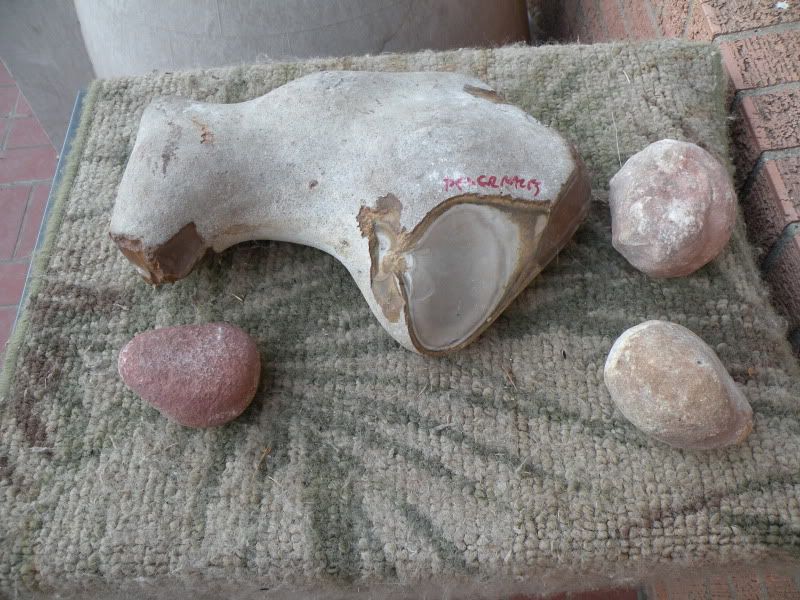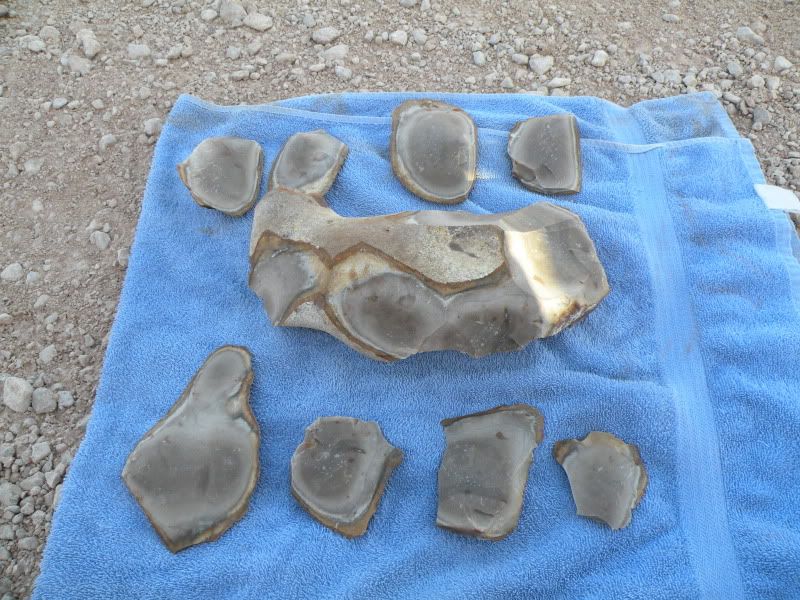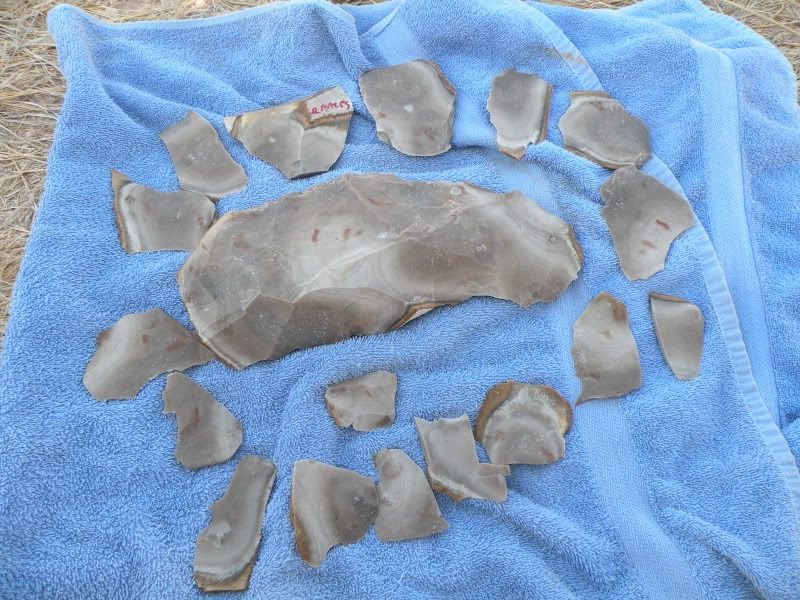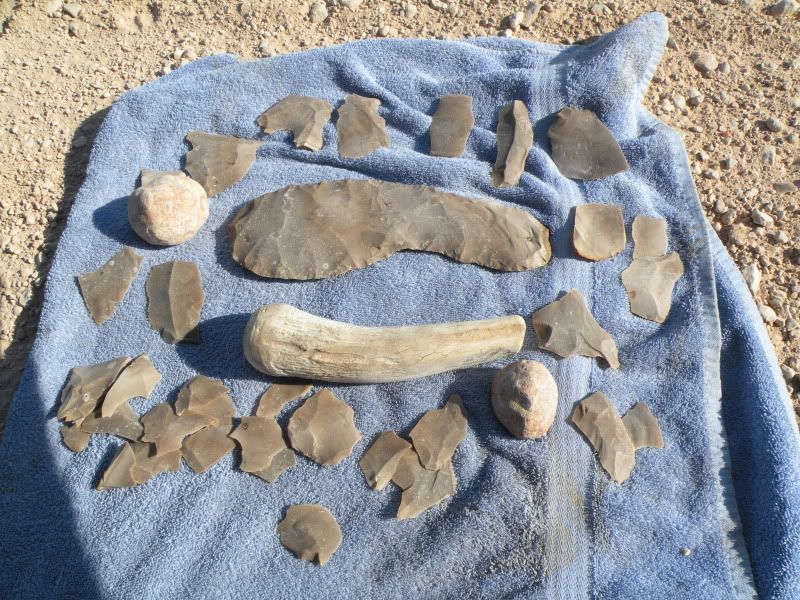



The expert ensures that “we chose these burnt artefacts because they can tell us in a very simple way whether they have been modified after being exposed to fire.
Since they show no pictures of the artefacts in question I have no way of knowing but it was very common for ancient man to heat treat various flints. Sometimes working a piece into a crude biface to get the thickness down or heating thinner spalls. I’ve been flint knapping for over 40 years and use the same process, my favorite method is a turkey roaster with the pan taken out and filled with sand and the pieces I want to heat. I used to use the same method they did and thats to just dig a shallow hole and lay your pieces in the bottom then cover with about an inch of dirt, then build a fire on top. 400 to 450 degree’s works with most flints, jasper and novaculite need to be taken above 600 degree’s to get the desired results.




Thanks DR.